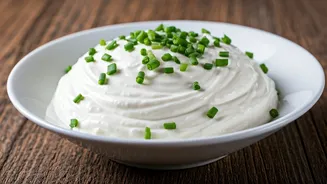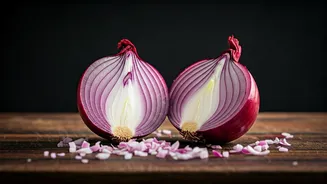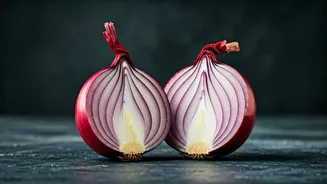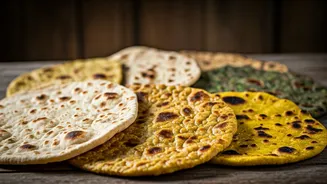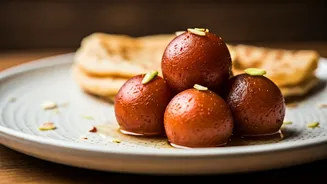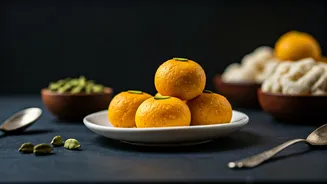Marinating Meats Perfectly
Sour curd acts as a natural tenderizer for meats, a technique frequently used in Indian cuisine. The acidity in sour curd gently breaks down tough protein
fibers, making the meat incredibly soft and juicy. Marinate chicken, lamb, or other meats in sour curd for at least 30 minutes, or even overnight for the best results. The curd not only tenderizes but also imparts a subtle tangy flavor that enhances the overall taste. Combine the curd with spices like ginger-garlic paste, turmeric, chili powder, and garam masala for an authentic and flavorful marinade. The result is succulent, melt-in-your-mouth meat that’s perfect for grilling, frying, or baking.
Baking with Tang
Sour curd is a fantastic ingredient for baking, adding moisture, a subtle tang, and improved texture to various baked goods. Replace buttermilk or yogurt in recipes with sour curd to achieve a similar effect. It's especially useful in cakes, muffins, and quick breads. The acidity in sour curd reacts with baking soda, producing carbon dioxide, which helps the baked goods rise beautifully. This creates a lighter and fluffier texture. Furthermore, the tanginess of the curd complements the sweetness, adding depth of flavor and preventing the final product from tasting overly sweet. Experiment with adding sour curd to recipes and discover how it transforms your baking.
Thickening Curries & Gravies
Sour curd works wonders as a thickening agent for curries and gravies, offering a smooth and creamy texture. Whisk the sour curd thoroughly to ensure it’s lump-free before incorporating it into your dish. Gently temper the curd by adding a little hot gravy to it first. This process prevents the curd from curdling when added directly to the hot pan. Gradually pour the tempered curd into the curry, stirring continuously to prevent lumps from forming. The curd not only adds thickness but also enhances the flavor profile, giving the gravy a pleasant tang that complements the spices and other ingredients. This is a brilliant way to salvage a dish and add extra richness.
Making Delicious Dips
Sour curd is an excellent base for creating flavorful and versatile dips. Simply whisk the sour curd until smooth and creamy. Then, experiment with different additions like herbs, spices, and vegetables to create customized dips. For a simple herb dip, add chopped fresh dill, parsley, and a pinch of salt and pepper. For a spicier version, incorporate chopped green chilies and a dash of cumin powder. You can even mix in finely chopped cucumbers or grated carrots for added texture and nutrients. Serve your homemade dips with vegetables, chips, or crackers for a healthy and satisfying snack or appetizer. The possibilities are endless when it comes to experimenting with flavor combinations.
Creating Salad Dressings
Sour curd makes for a delightful and healthy base for salad dressings. Its tangy flavor provides a great counterpoint to the other ingredients in your salad. To make a simple dressing, whisk the sour curd with a little olive oil, lemon juice or vinegar, and salt and pepper. Add herbs like chives, dill, or mint for enhanced flavor and freshness. If you prefer a sweeter dressing, add a touch of honey or maple syrup. Whisk the ingredients until they are combined to obtain the desired consistency. Pour your homemade dressing over your favorite salads and enjoy the fresh taste and vibrant flavors. This is a great alternative to store-bought dressings, as it is much healthier.
Boosting Plant Growth
In an unexpected twist, sour curd can also be used in the garden to boost plant growth. Dilute the sour curd with water to a ratio of 1:10 and use it as a fertilizer. The beneficial bacteria and microorganisms present in the sour curd help improve soil health and nutrient absorption. The mixture can be poured directly into the soil around your plants or used to water them. It is especially beneficial for plants that thrive in slightly acidic conditions. Using sour curd as a fertilizer is an eco-friendly way to nourish your plants while reducing kitchen waste. This is also a testament to the multiple uses of a single ingredient.


